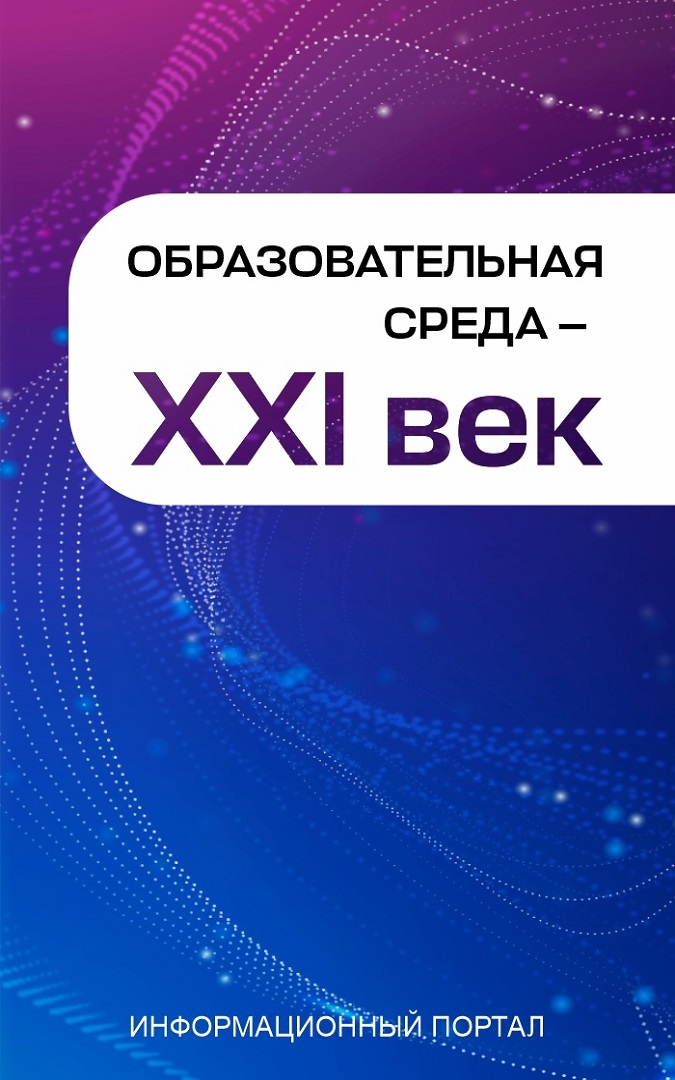E. Bakieva, G.Sattarova, E. Bashirova, N. Nikolaeva,
THE ORGANIZATION OF COLLECTIVE THINKING ACTIVITY DISTRIBUTION IN GEOGRAPHY
Elvira V. Bakieva – candidate of pedagogical Sciences, associate Professor of physical geography, cartography and geodesy, faculty of geography “Bashkir state University”(Russia, Ufa), E-mail: bakieva@mail.ru
Gulnara A.Sattarova – candidate of geographical Sciences, associate Professor of tourism, geourbanistics and economic geography, faculty of geography, Bashkir state University (Russia, Ufa), E-mail.ru: ek-geo@yandex.ru
Elsa V. Bashirova – candidate of biological Sciences, associate Professor of theory and methods of teaching biology, chemistry and geography, Institute of education development of the Republic of Bashkortostan (Russia, Ufa), E-mail.: Elza_bashirova@mail.ru
Nadezhda V. Nikolaeva – student of the faculty of geography, profile “Physical geography»”Bashkir state University” (Russia, Ufa), E-mail: 89191457993@mail.ru
Abstract. This article deals with the organization of collective thinking activity distribution in geography lessons. Collective thinking is aimed at developing the skills of working with information and the ability to analyze and apply this information. The role of organized by the teacher of geography of collective search by pupils of answers to the set problem is shown. It is noted that the intensive independent activity of students associated with emotional experiences, accompanied by the inclusion of the mechanism of creativity and tentative research response. The characteristic of types of thinking of preschool children and school students on S. L. Rubinstein is given. The authors note that the prerequisites of abstract-theoretical thinking include accurate knowledge of the essence of the case and the ability to critically evaluate their own judgments, as well as the ability to independently master the missing special knowledge. It is emphasized that students in grades 6-8 build their combinations in a special way: they do not yet realize the difficulties and believe that they are able to somehow explain everything. The article also provides an analysis of the results of a survey of mental activity of students in geography lessons: when looking for an answer to the question in which part of the Urals falls more rain in the Urals or the Urals? The authors note that teaching geography in the middle classes of modern school contributes to the development of students ‘ thinking. Systematic work on the formation of concepts and constant exercises in their use should be at the center of the pedagogical process. “Collective mental activity distribution” gives a double result: helps to solve the learning task and significantly develops the ability of students to formulate questions and answers, and also contributes to business communication.
Keywords: group learning: collective-distributive mental activity, thinking students the mental operations, the geography lessons.
References:
- Bespal’ko V. P. Components of pedagogical technology / V. P. Bespalko. – Moscow: Pedagogy, 1989. – 192 s.
- Blazhenov V. A. Methods of developing teaching geography. Moscow: Drofa, 2006. – 218 s.
- Vorob’eva O. V., Khizbullina R. Z., G. A. Sattarova, Yakimov M. S. features of formation of natural-science knowledge in the modern school // Modern problems of science and education. 2017. №. 2. S. 35-37.
- Davydov V. V. Theory of developmental education. M.: intor, 1996. – 544 s.
- Durkin, R. M., Theory and methods of teaching geography: textbook. Penza: Izd-in them. V. G. Belinsky. 2003. – 188 s.
- Dorn V. and Jan V. Formation of ideas and concepts in the teaching of geography. Per. with it. I. M. Schreiber. Under. edited by L. M. Panchenkov. M., “Pedagogy”. 1970. – 240 s.
- Dushina I. V., Ponurova G. A. Methods of teaching geography: pract. benefit. for young teachers. M., publishing House “Moscow Lyceum”, 2006 – 371 s.
- Adokimos M., Sirotin V. I., Tereshchenko V. G. Geography Of Russia. 8-9 CL.: method. benefit. M.: Bustard. 2006. – 204 s.
- Kalinin F. L. practical work on physical geography. Moscow. 1957. – 114 s.
- Mirkin B. M., Naumova L. G. The Ecology Of Bashkortostan Republic. – Ed. 2nd – Ufa: kitap, 1999. – 160 s.
- Panchenkova, I. V. Dushina, V. P. Dronov and others Methods of teaching geography in a school Textbook. A manual for students of geography. spets. higher. PED. studies’. Institutions and teachers of geography. M.: Education; Educational literature. 1997. – 320 s.
- Rakhmanov V. V. hydro-Climatic role of forests. One thousand nine hundred eighty four
- Selevko G. K. Modern educational technologies: Textbook. – Moscow: Public education, 1998. – 256 s.
- Elkonin D. B., Davydov V. V. Questions of psychology of educational activity of younger school students. M.: Publishing house of the Academy of pedagogical Sciences of the RSFSR, 1962. – 287 s.
- and the editorship of V. V. Annenkov and George. D. Demko. Science and art of geography: the Range of views of scientists of the USSR and the USA. – Moscow: Progress. 1989. – 200 s.
- [Electronic resource] – Mode of access URL: https://geographyofrussia.com (07.07.2019)


